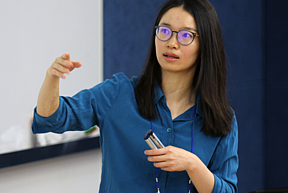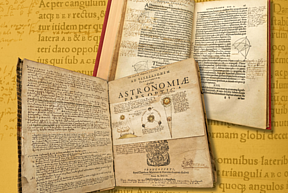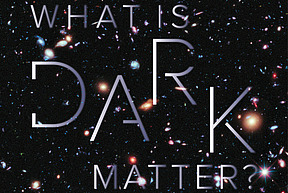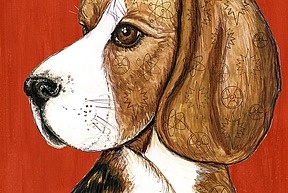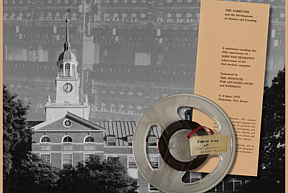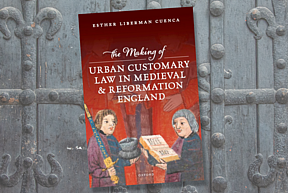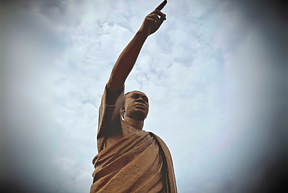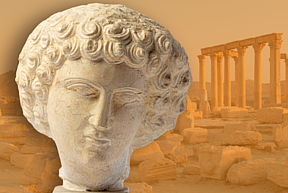The Institute Letter, Spring 2025
Uncover how beagles became vital yet overlooked contributors to scientific knowledge during World War II. Delve into the cosmic mystery of dark matter—the invisible substance that shapes our universe. Explore the Institute’s intriguing collection of marginalia, which turns static books, photographs, and other artifacts into dynamic records of scholarly engagement. Learn how archaeological context can transform our understanding of ancient societies. Discover the Institute’s relationship to the "cognitive revolution," which saw psychologists apply ideas from computer science to understanding the human mind. Read research news covering everything from DNA and criminality to a three-dimensional mathematical breakthrough.
Click to download the pdf.
